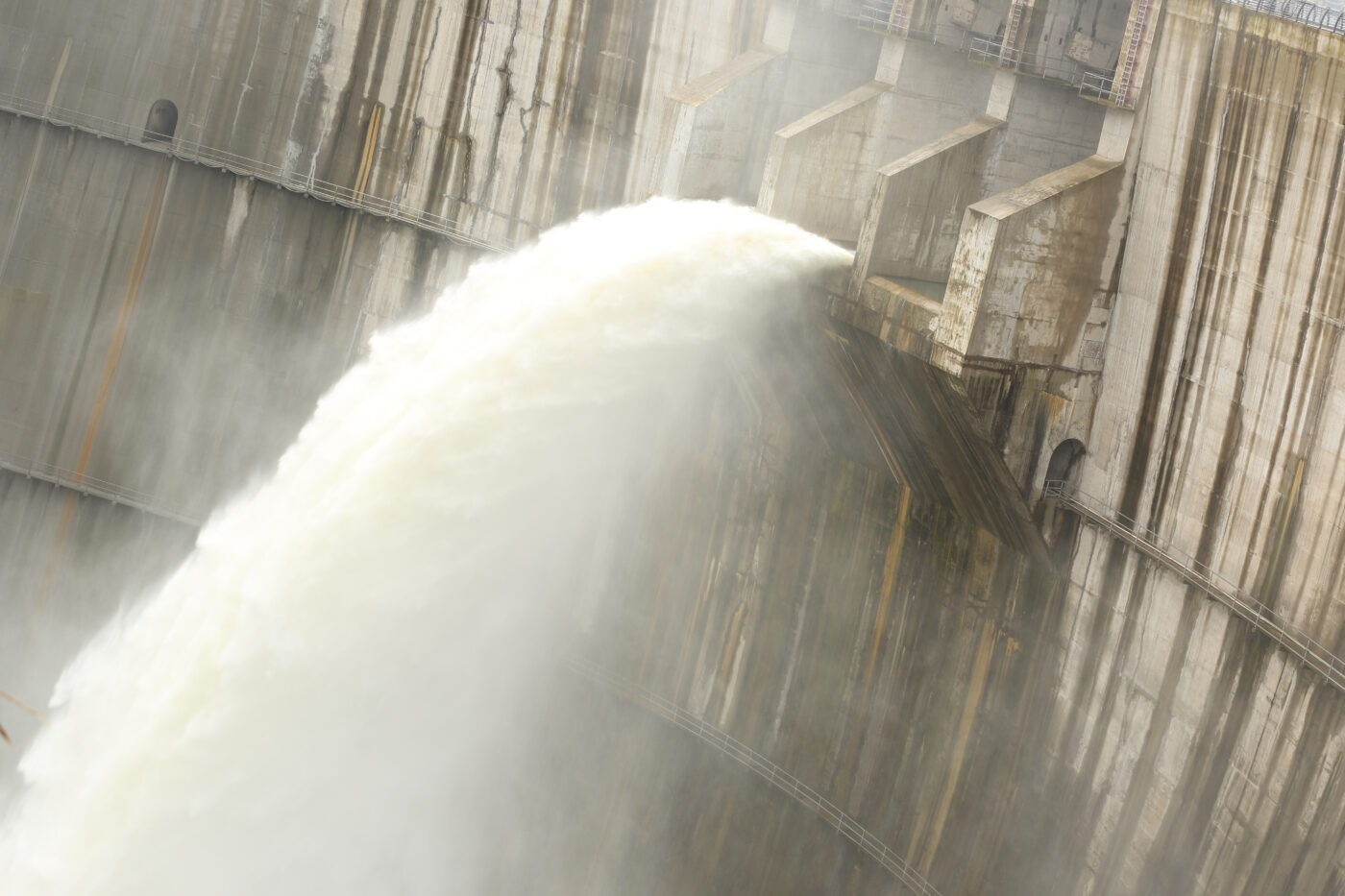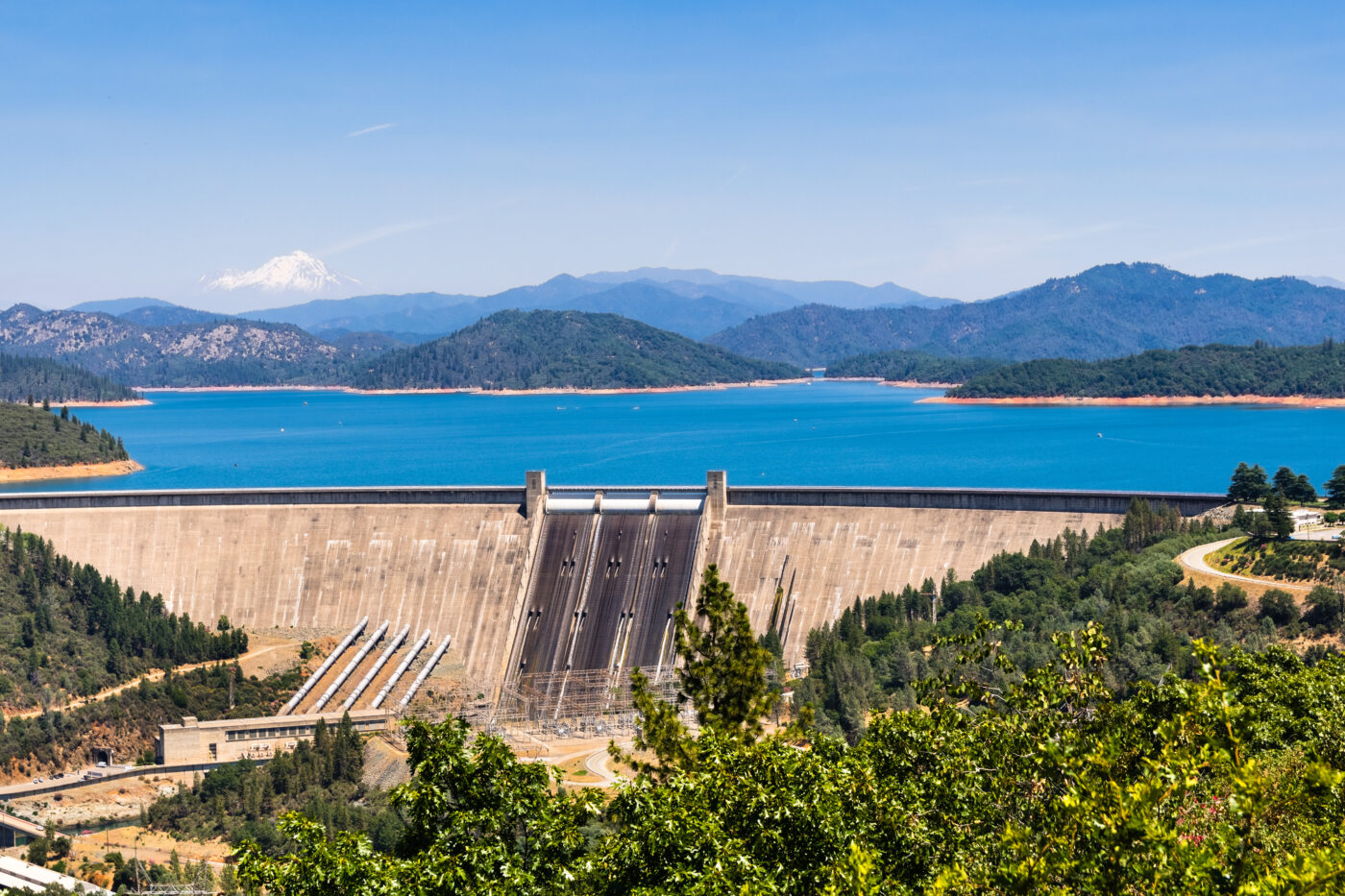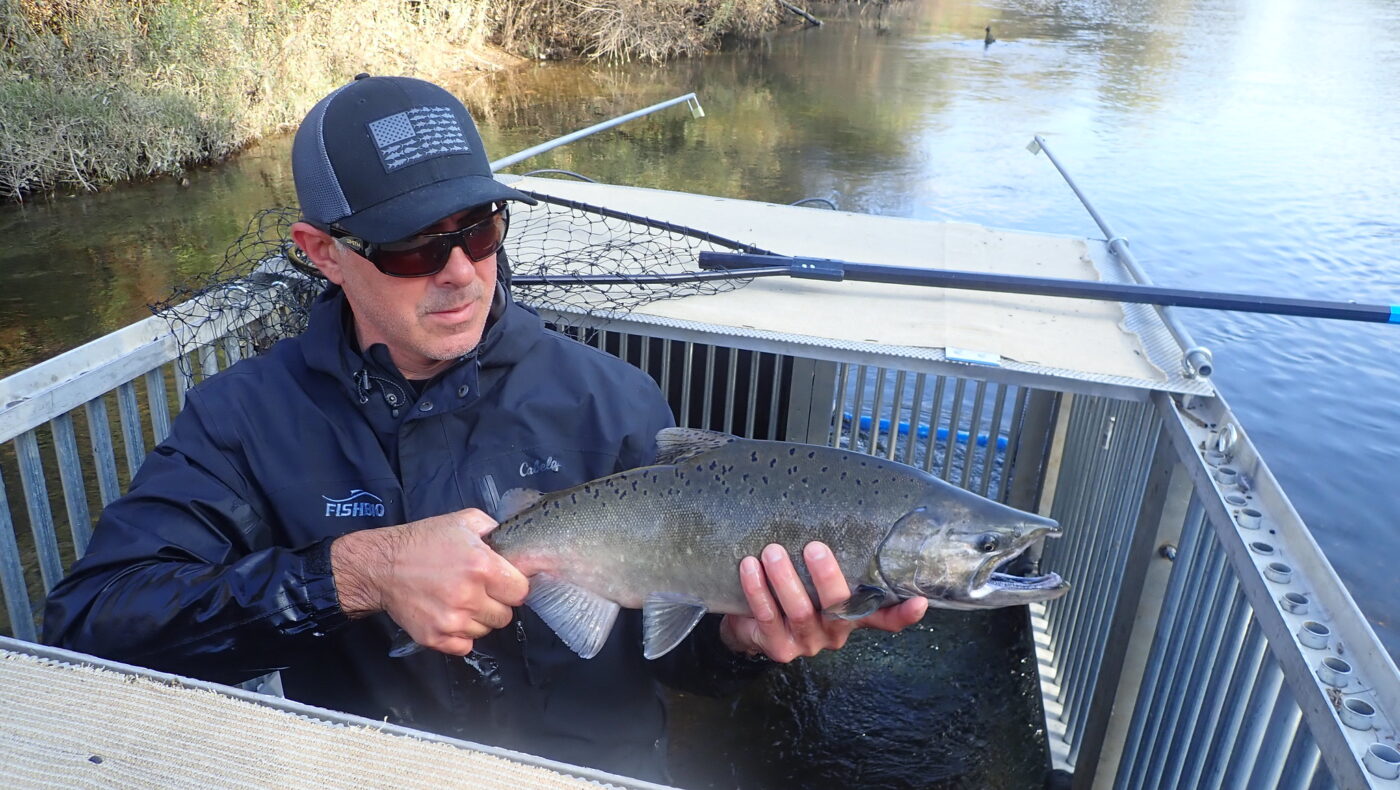Monday November 4, 2024

The construction of dams and reservoirs has been linked to various environmental impacts. Dams obstruct access to essential upstream spawning habitat for native fish and are correlated with declines in fish biodiversity. They also significantly alter water quality and disrupt natural flow regimes. There have been recent successful efforts to remove dams, like those on the Klamath River, and return rivers to their free flowing state and restore critical fish habitat. Nevertheless, some dams cannot be easily removed because they provide essential infrastructure for the water and power needs of surrounding, rapidly growing urban areas.
Many management strategies use dams to regulate the amount of water released from their reservoirs to mimic natural river flows and reduce the environmental strain caused by dams. Pass-through flows are the proportion of water flowing into a reservoir that is immediately released through the dam without being retained in the reservoir. Flow regulation strategies are intended to improve water quality and sustain populations of fish and other aquatic organisms. However, diverting water for environmental reasons can constrain water resources essential for human needs like agricultural irrigation, safe drinking water, and other municipal and industrial requirements.

A publication by Null et. al (2024) addressed this conflict by looking into how water in reservoirs can be more efficiently managed to satisfy both conservation and human needs. They developed a model based on water priority, paired with a reservoir temperature model to evaluate two different methods of reservoir management: 1) using only pass-through flows to meet environmental demands or 2) using a combination of pass-through flows and reserving a portion of incoming water in the reservoir for later environmental use. Researchers ultimately concluded that allowing a portion of flow out of reservoirs and reserving a portion of stored water for environmental uses is the most efficient management system.

This study’s model was based on the Shasta Reservoir, a northern California reservoir with a storage capacity of 4.5 million acre-feet. The portion of the model considering ecological needs focused specifically on flow requirements for all four runs of Chinook salmon (Oncorhynchus tshawytscha) in California. The model was run using monthly intervals from water years 1996 to 2021 to evaluate a relatively wide range of historic variation in this reservoir. The researchers estimated water storage and release needs based on five different objectives; 1) environmental uses, 2) wildlife refuges (separate from environmental uses due to water rights status), 3) urban and agricultural uses within the reservoir basin, 4) salinity maintenance for the Sacramento-San Joaquin Delta, and 5) uses outside of the reservoir basin.
Their results demonstrate that storing water in reservoirs for environmental flow releases is a critical component of dam operation. This was especially evident when evaluating water temperature objectives. The results of the modeling in this study showed that passing too much flow through a dam when water storage is low reduces the amount of cold water stored in deeper parts of the reservoir. Salmonids like Chinook salmon and steelhead (Oncorhynchus mykiss) in dammed river systems are reliant on cool water releases from reservoirs for survival, so it is important to balance flow and temperature objectives when managing these systems.

The study showed that using reservoir storage capacity and pass-through flows together may be more effective in addressing environmental and human needs than attempting to simulate natural river flows. This method focuses on environmental water requirements as a priority rather than a constraint and reduces the need for constant trade-offs between different environmental goals like temperature and flow requirements. As droughts become more severe – in California, and around the world – smart and effective water storage management is critical to sustain river habitat below dams while also meeting human needs. For example, after facing significant periods of drought, Australia took action by establishing the Water Act 2007, which provides legislation detailing more efficient management of Australia’s largest water source, the Murray-Darling Basin. Other nations will need to follow suit in developing water management practices that support environmental sustainability and the needs of the people and organisms that depend on water resources.
Header Image Caption: New Melones Reservoir during a high flow year.
This post was featured in our weekly e-newsletter, the Fish Report. You can subscribe to the Fish Report here.
